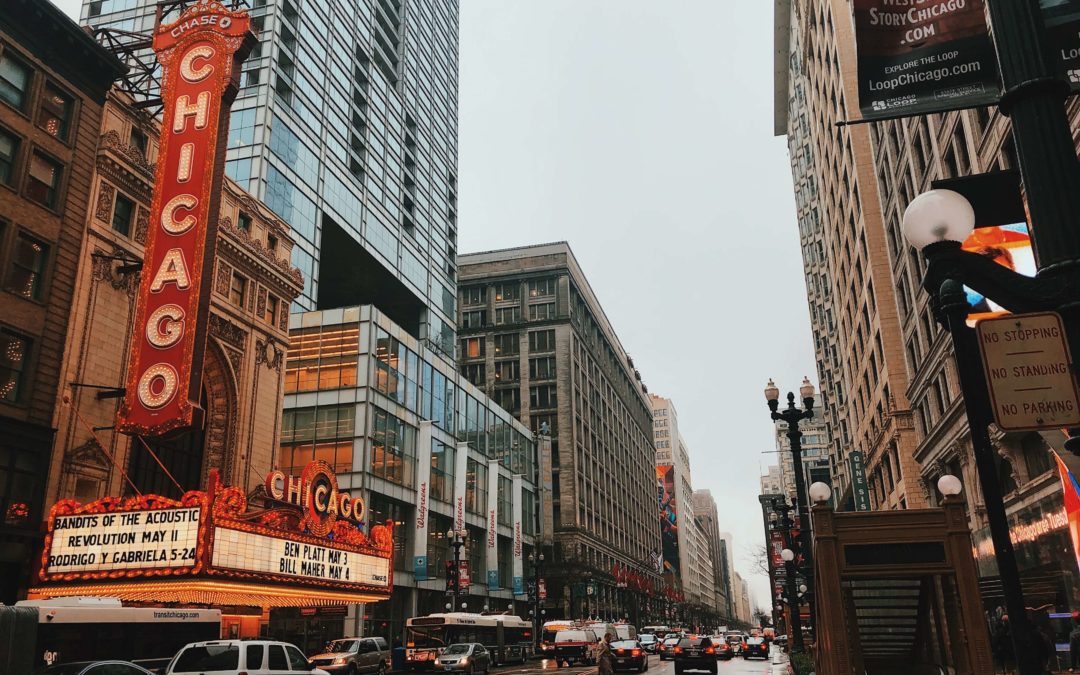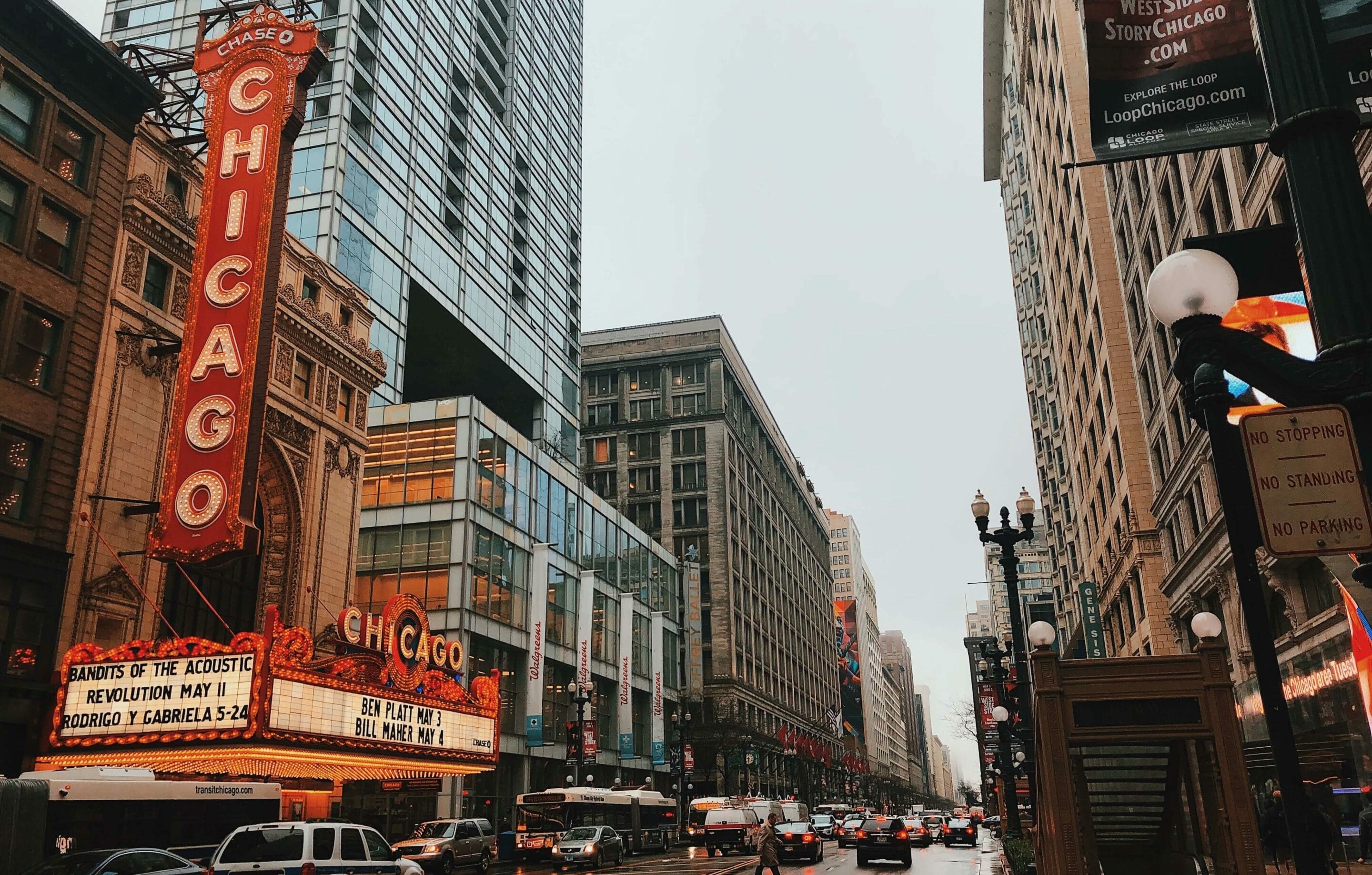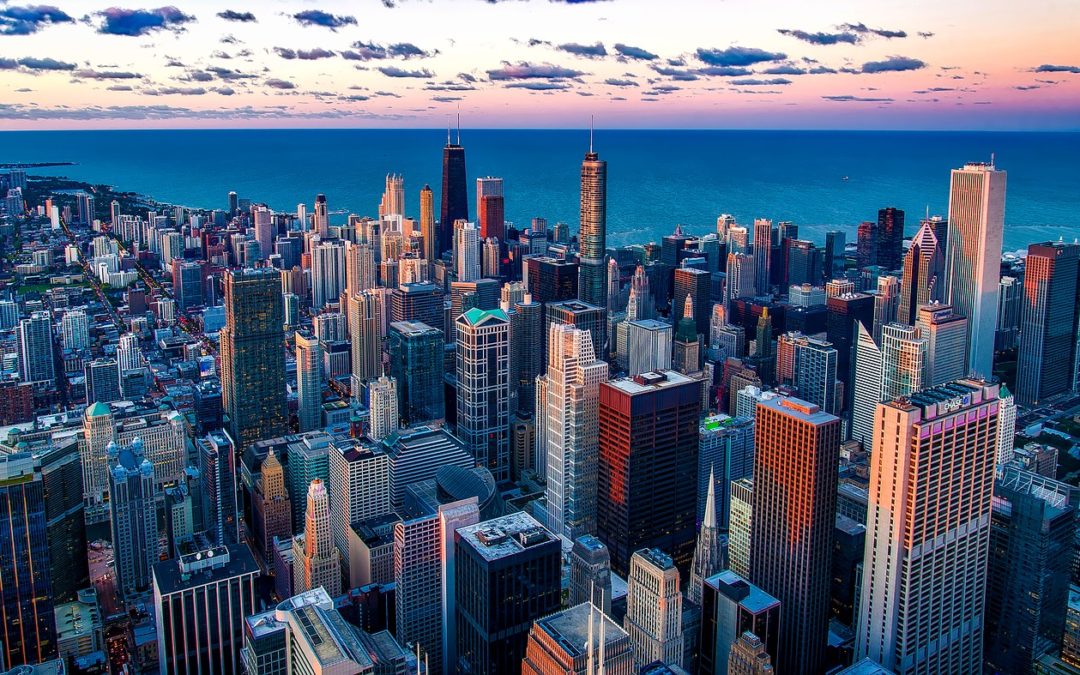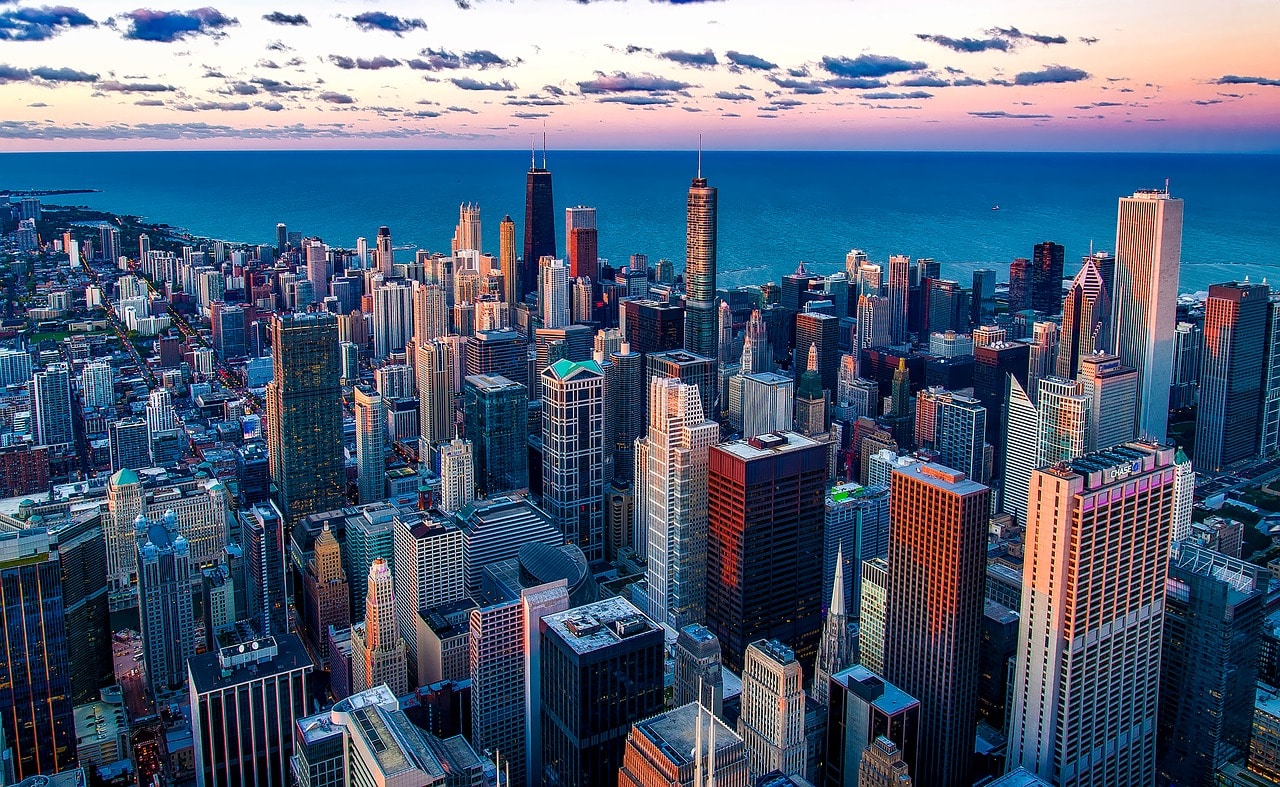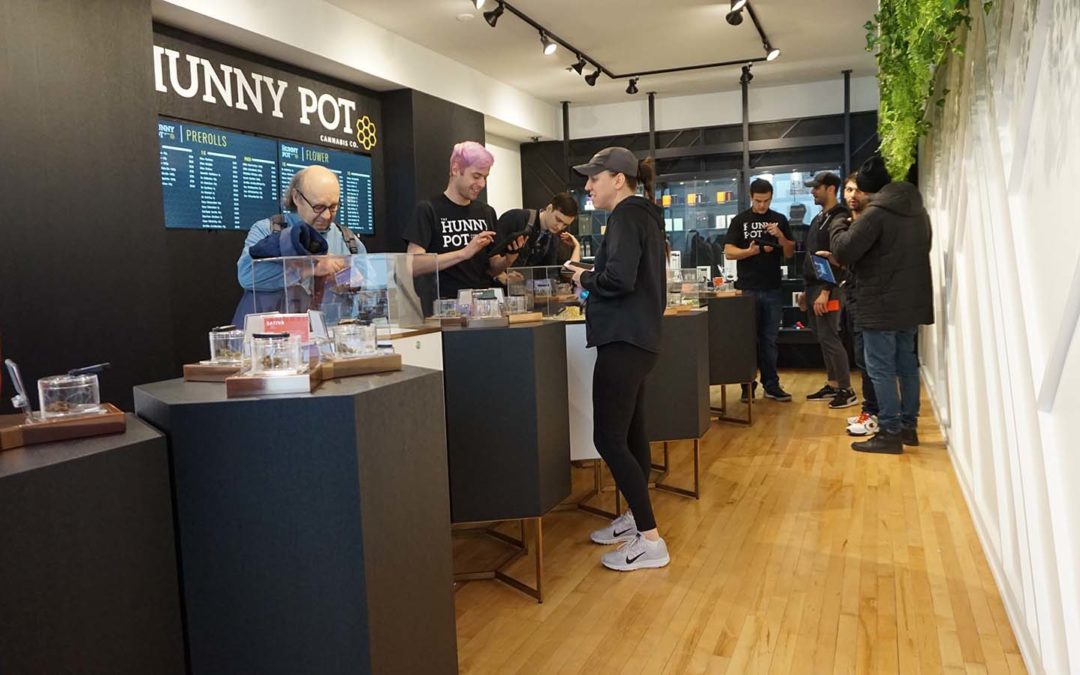
Illinois Recreational Cannabis: What to know for January 1st
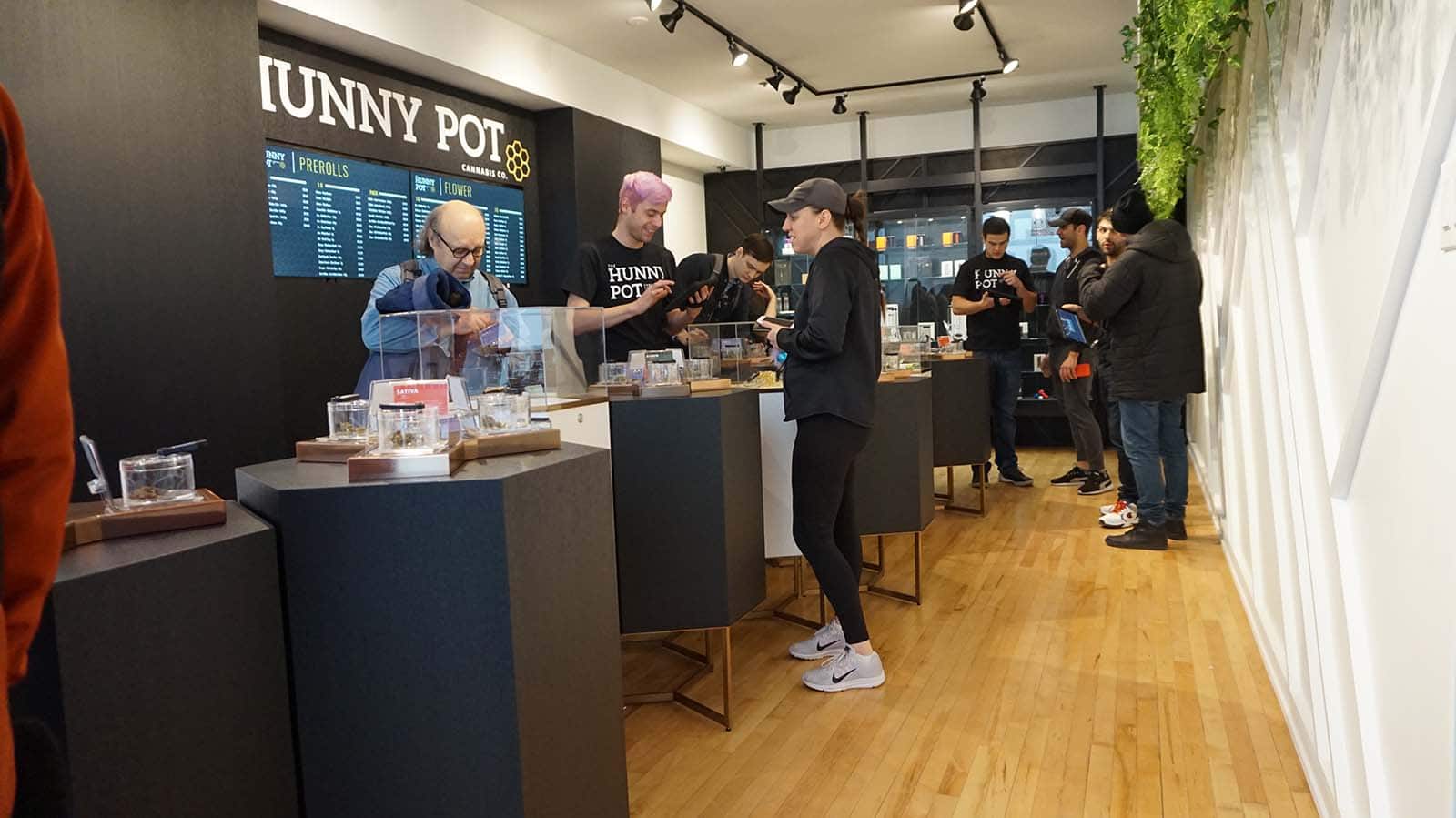
As soon as the clock hits midnight on January 1st, Illinois recreational cannabis sales are set to begin.
Illinois has been setting up regulations and requirements for recreational cannabis businesses over the last year, and it is all leading up to the first day of legal sales on January 1, 2020. The people are excited, and the state is ready to start pulling in those tax dollars.
However there are plenty of differences in the Illinois recreational cannabis laws and regulations for consumers that any would be dispensary-goer should know.
Who can buy Illinois recreational cannabis?
Just like every other recreational cannabis state, you must be 21 to purchase cannabis legally in Illinois. Out-of-state visitors will also be more limited in how much they can purchase compared to state residents, however there is no difference in price for in and out of state customers.
Illinois residents age 21 and over may possess 30 grams of cannabis flower, 500 mg of THC in a cannabis-infused product like edibles, and 5 grams of cannabis concentrate in total. These amounts are halved for non-residents.
The totals are cumulative, so an Illinois resident could have 30 grams of flower, 500 mg of infused product and 5 grams of concentrate all at the same time. The same goes for nonresidents and their limits.
Where can I buy legal cannabis?
On January 1st, there are only going to be 37 Illinois recreational cannabis dispensaries open for business. If you’re in Chicago or the surrounding area you’re in luck, because that is where 24 of the dispensaries are located.
Champaign-Urbana, Peoria and Springfield all have two dispensaries nearby, and Carbondale, Effingham, Ottawa, the Quad Cities, Quincy and Rockford will each have one dispensary. Unfortunately, the state won’t begin reviewing applications for more dispensaries until March 15. Once approved, licenses will be distributed starting May 1st. On July 1st, up to 40 grower and infuser licenses will be issued along with an unlimited number of transportation licenses for in-state transport.
In other words, it’s going to be a slow start with limited access to Illinois recreational cannabis for most residents. The state will examine the progress through 2020 to determine whether or not more licenses need to be issued.
What about the taxes?
Like any recreational cannabis industry, Illinois is collecting some hefty taxes off the sale of legal cannabis. A good way to put it is, the higher you get, the higher the tax. For example, cannabis products with a THC level of 35% or less will only have a tax of 10%, and products over 35% will have a 25% tax. Basically, flower will have a 10% tax and concentrates will have a 25% tax. All infused products including edibles will have a 20% tax.
Additionally, state and local taxes will also apply, and the state law allows for municipalities to tax up to 3%. And if that isn’t enough taxes for you, local sales taxes also apply. The Illinois sales tax is currently 6.25%.
With limited access and extremely high taxes, it’s safe to say that Illinois recreational cannabis is not going to be cheap. But if there’s anything we can take away from other legal markets with high taxes, it’s that people are willing to pay for safe, legal access to cannabis.
Lastly, consumption
One thing that Illinois holds over other recreational cannabis states is its consumption laws. While public consumption is still prohibited, and smoking indoors was banned in the states in 2008, the Illinois cannabis laws allows on-site consumption at dispensaries, as well as cannabis smoking lounges. While no lounges have yet to open, some dispensaries and growers have applied to have lounges built in their existing facilities or separately attached for consumers.
An issue that will remain prevalent in every state that bans public consumption of cannabis is the impact it has on those in public housing or those living under a landlord that does not permit cannabis consumption. While a private homeowner can do whatever they please in the house they own, a renter is limited by what their landlord allows. This will continue to be problematic, especially for medical patients that need cannabis for serious ailments.
Since repetition is key, like any recreational cannabis state, Illinois has done some stuff well and some other stuff not so well (looking at those 37 dispensaries for the first year). But the trend of starting small and slow isn’t anything new when it comes to cannabis. States want to get their feet wet before diving into the deep end and that typically means more strict regulations that will ease up over time. For now, if you’re in one of the towns with a dispensary, check it out! And if not, plan a New Year’s trip to Chicago and check out a lot more options, and probably cheaper prices.

